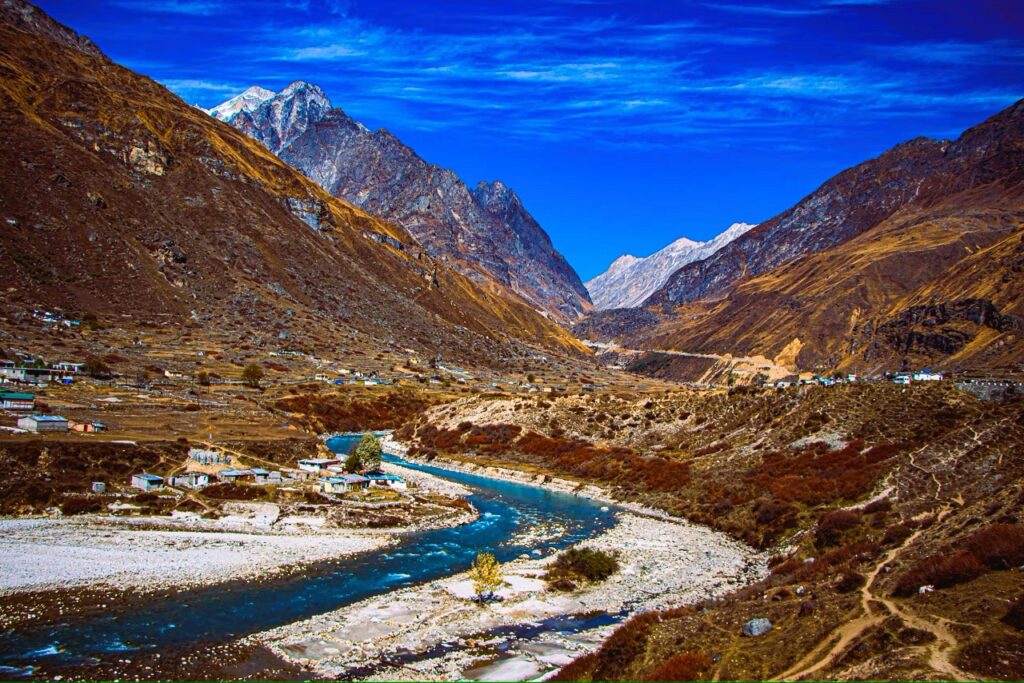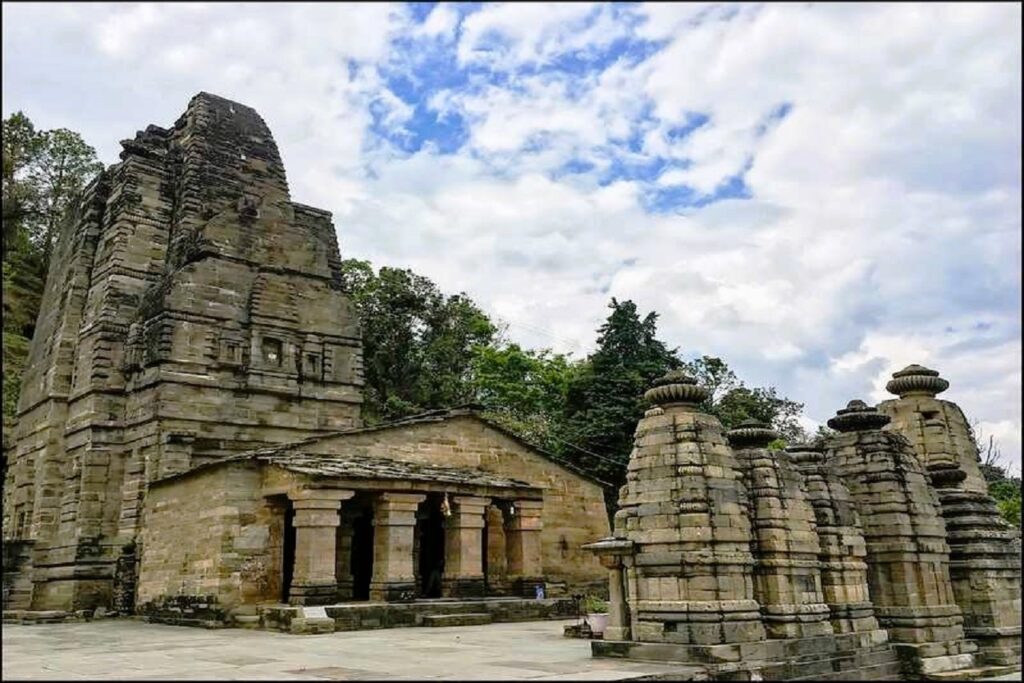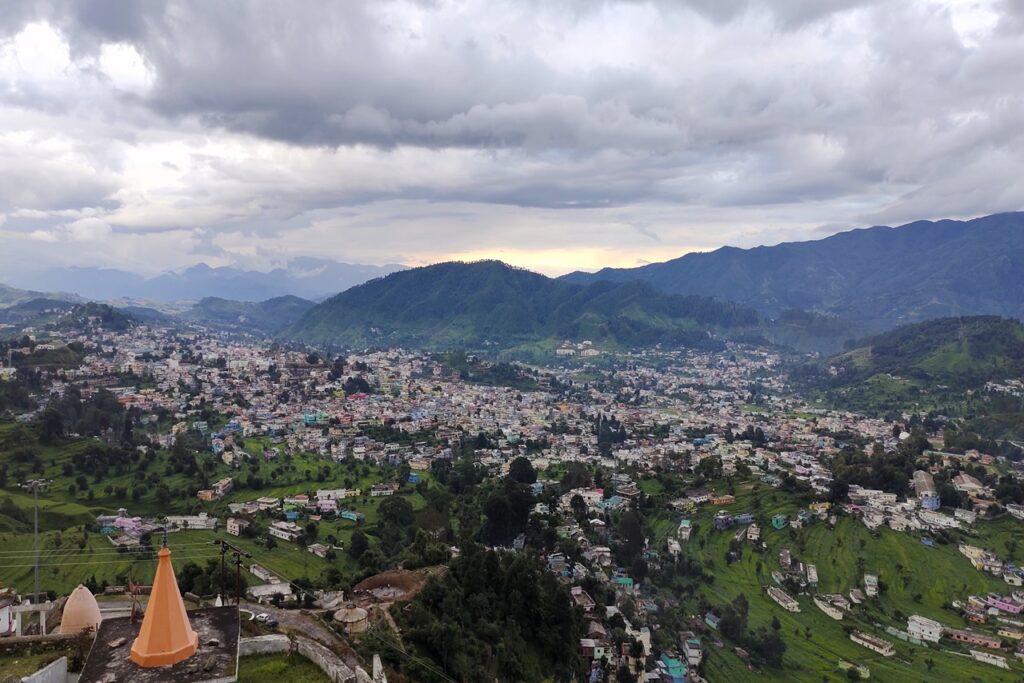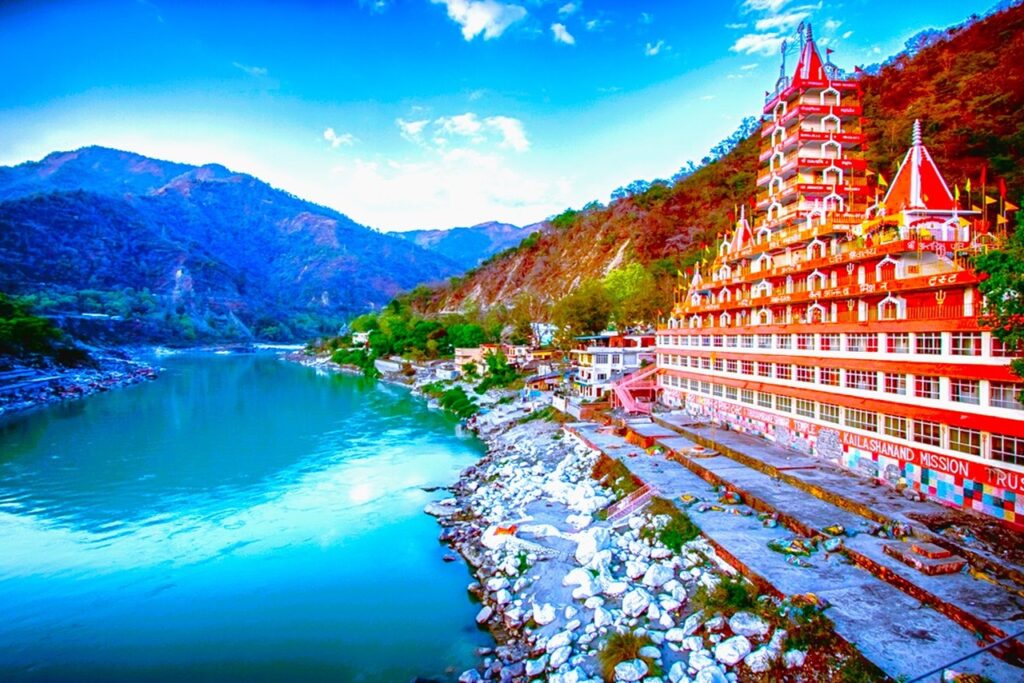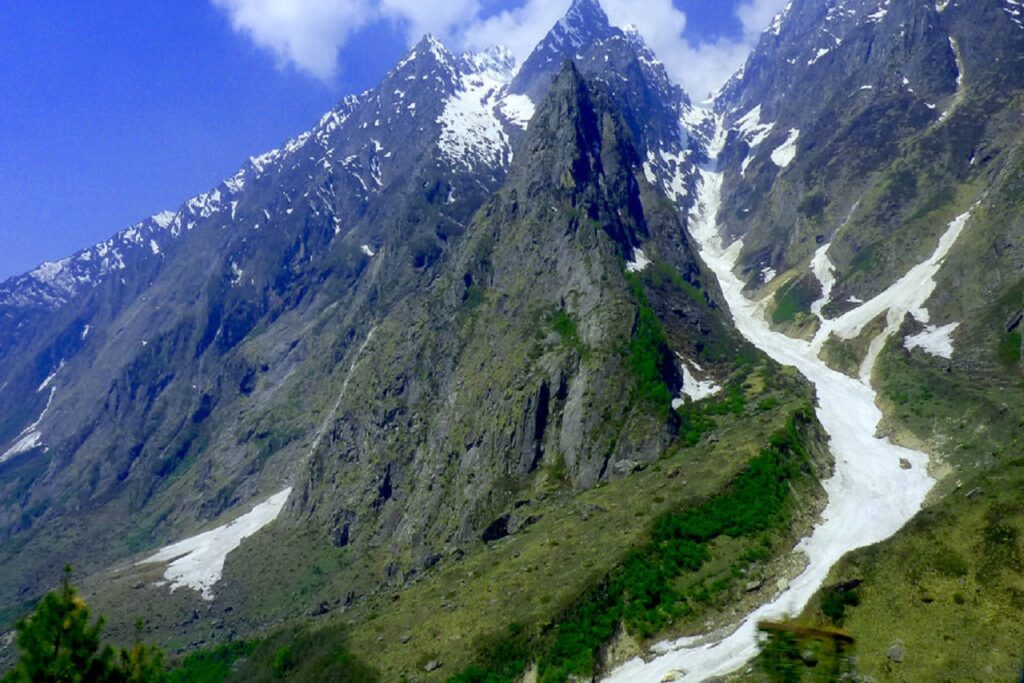
The Alaknanda River is one of the major tributaries of the Ganges River and plays an important role in the formation of the sacred Ganges. Here is an overview of the Alaknanda River:
Origin and Confluence:
Source: The Alaknanda originates from the confluence of two mountain streams, the Satopanth and the Bhagirathi Kharak, near the Badrinath temple in the Chamoli district of Uttarakhand, India.
Confluence: The Alaknanda meets with the Bhagirathi River at Devprayag, where they combine to form the Ganges.
Geographical Features:
Himalayan Terrain: The Alaknanda flows through the picturesque Himalayan landscape, passing through deep gorges, valleys, and dense forests
Tributaries: Numerous smaller streams and tributaries join the Alaknanda along its course.
Cultural and Religious Significance:
Spiritual Importance: The Alaknanda, like the Ganges and the Bhagirathi, holds immense religious significance in Hinduism. Devprayag, the confluence point, is considered particularly sacred.
Pilgrimage Sites
Badrinath: The town of Badrinath, situated along the Alaknanda, is a major pilgrimage site. The Badrinath Temple, dedicated to Lord Vishnu, is one of the Char Dham pilgrimage destinations.
Hydropower Projects
Power Generation: The Alaknanda basin has witnessed the construction of several dams and hydroelectric projects to harness the river’s energy for electricity generation.
Environmental Challenges
Glacial Melt: Like other Himalayan rivers, the Alaknanda is vulnerable to the impacts of climate change, including glacial retreat and altered water flow patterns.
Human Activities: Urbanization and human activities can contribute to pollution and environmental degradation along the river.
Conservation Efforts
River Cleanup: The Alaknanda, along with other Ganges tributaries, is a focus of conservation programs like the Namami Gange initiative, aiming to improve water quality and preserve the river’s ecological balance.
Economic Importance
Agriculture: The fertile plains along the Alaknanda support agriculture, providing a livelihood for communities in the region.
The Alaknanda River, with its stunning natural beauty and religious significance, is a vital part of the Himalayan ecosystem and Indian culture. Balancing development with conservation is essential to ensure the sustainable future of this river and its contributions to the region’s ecological and cultural heritage.

